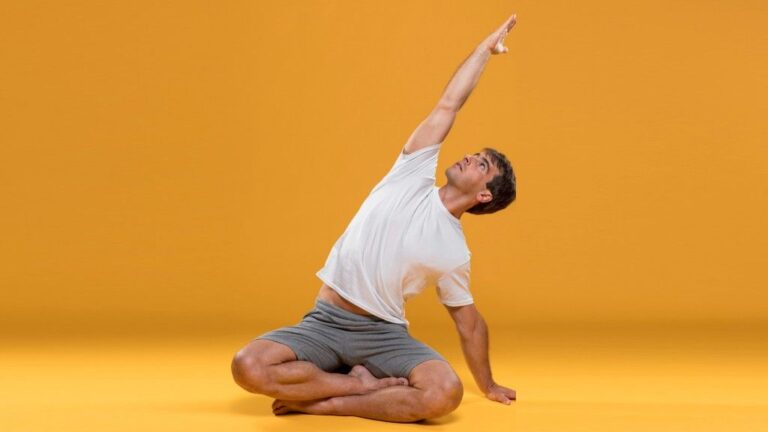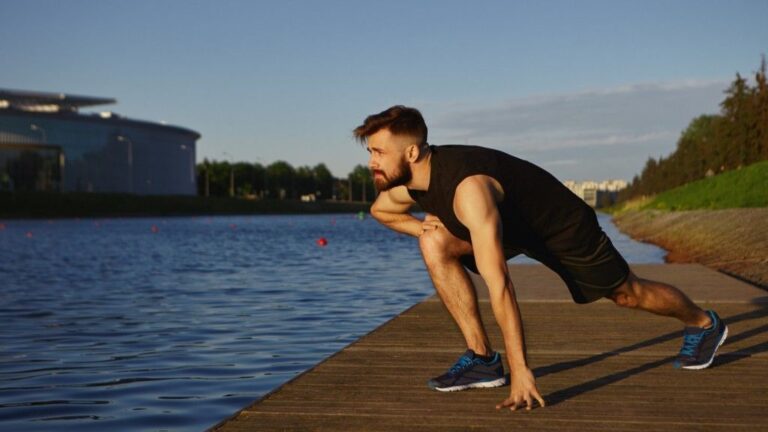If You Can Do This for 1 Minute, You’re Fitter Than Average – Let’s cut through the noise: true strength isn’t just about how much weight you can lift—it’s about control, stability, and endurance. And if there’s one move that tests all three, it’s the single-arm side plank hold.
This deceptively simple pose is a full-body challenge that separates the strong from the shaky. If you can hold it for a full minute on each side with perfect form, congratulations—you’re officially fitter than average.
But before you roll your eyes and say, “It’s just a plank,” let me explain why this exercise is so brutally effective. The single-arm side plank demands more than brute force; it requires precision, balance, and mental grit.
It’s not just a core exercise—it’s a test of functional strength that translates to real-world movement and injury prevention. Ready to see where you stand? Let’s break it down.
Table of Contents
The Physical Demands of the Single-Arm Side Plank
This move targets multiple muscle groups simultaneously, making it a true benchmark for overall fitness:
- Core & Obliques: Your core muscles work overtime to stabilize your body and prevent rotation or collapse.
- Shoulder Stability: Holding yourself up on one arm challenges your deltoids, rotator cuff, and scapular stabilizers.
- Hip Control: Your glutes and hip abductors fire up to keep your hips elevated and aligned.
- Full-Body Endurance: Every muscle from your hands to your feet plays a role in maintaining proper alignment.
In short, the single-arm side plank isn’t just a static hold—it’s a dynamic display of total-body coordination and resilience.
Also read – 6 Quick Daily Moves to Burn Belly Fat Fast
How to Perform the Single-Arm Side Plank Hold
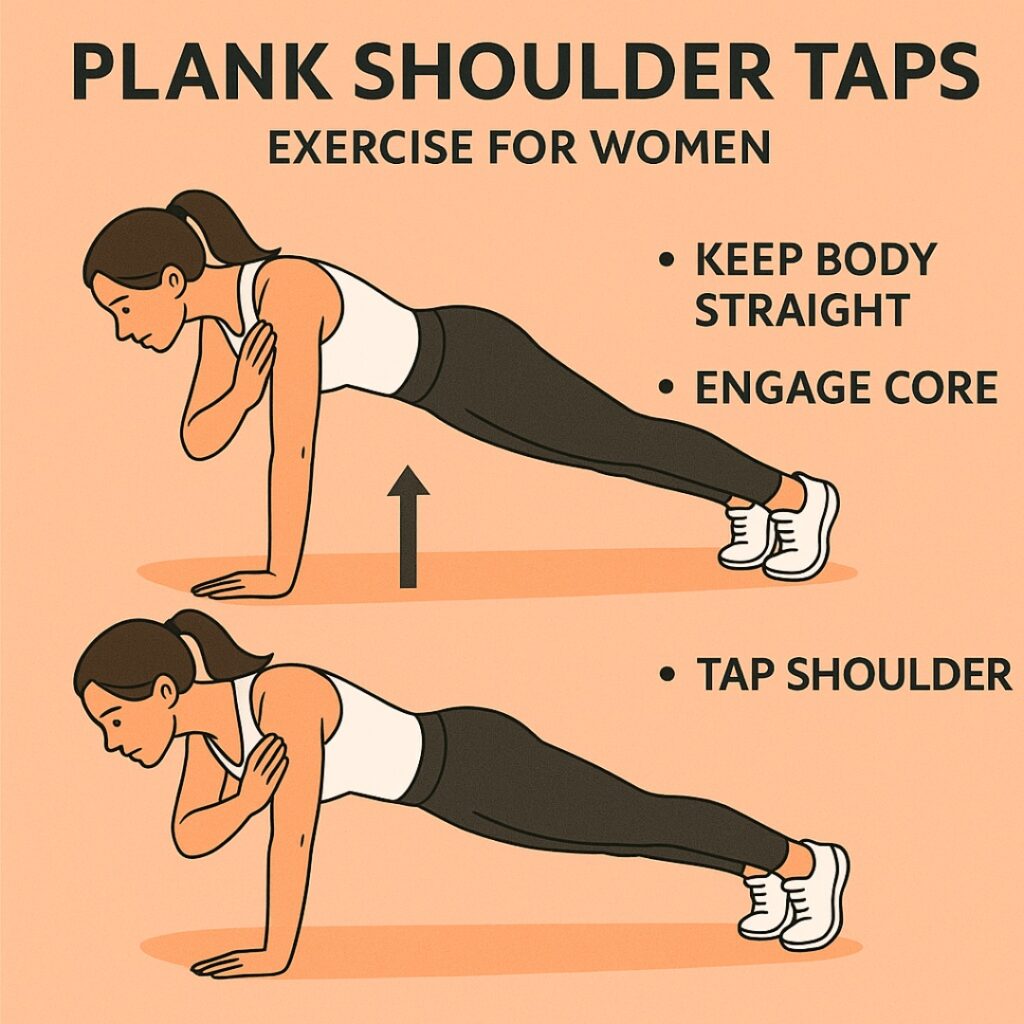
Proper form is non-negotiable here. Sloppy technique won’t just sabotage your results—it could lead to injury. Follow these steps:
- Start Position: Lie on your side with your legs stacked and your bottom elbow directly under your shoulder.
- Lift Up: Press through your forearm and feet to lift your hips off the ground, forming a straight line from head to heels.
- Extend Your Top Arm: Reach your top arm straight overhead, perpendicular to the floor. Keep your gaze forward or slightly downward to avoid neck strain.
- Engage Everything: Squeeze your glutes, brace your core, and press firmly into your supporting hand. Avoid letting your hips sag or rotate forward.
- Hold Steady: Aim for 30 seconds to start, working up to 1 minute per side.
Form Cues:
- Keep your shoulders packed down and back (don’t shrug).
- Maintain a neutral spine—no arching or rounding.
- Breathe deeply and steadily; don’t hold your breath.
Also read – Protect Your Joints: 6 Exercise Habits to Avoid After 50
Progression Guide: Building Up to Mastery
Not ready for the full single-arm version? No problem. Use these progressions to build the strength and stability needed to crush the hold:
1. Standard Side Plank
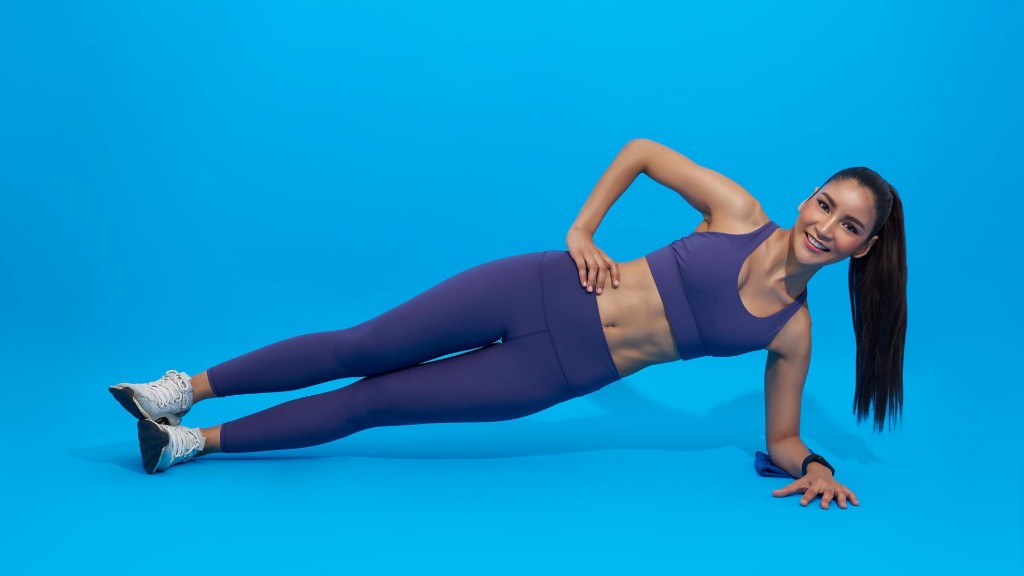
- Start with the classic side plank to establish baseline core and shoulder stability.
- Focus on holding for 30–60 seconds without letting your hips drop.
2. Side Plank Hip Lifts
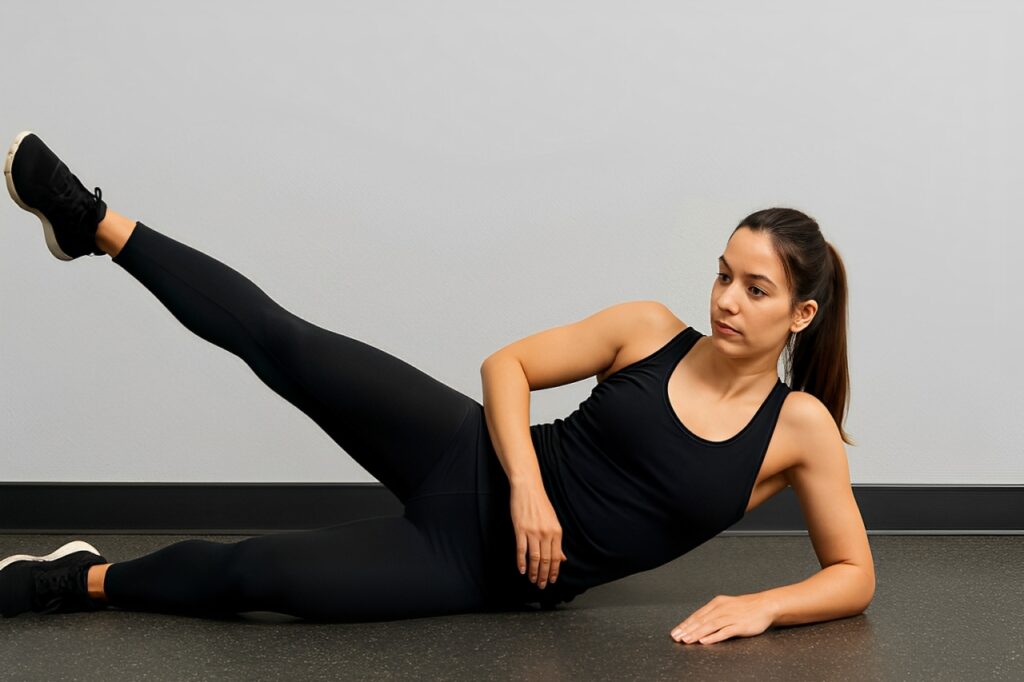
- From a standard side plank position, lower your hips toward the floor, then lift them back up.
- Perform 8–12 reps per side to strengthen your obliques and glutes.
3. Shoulder Taps in High Plank
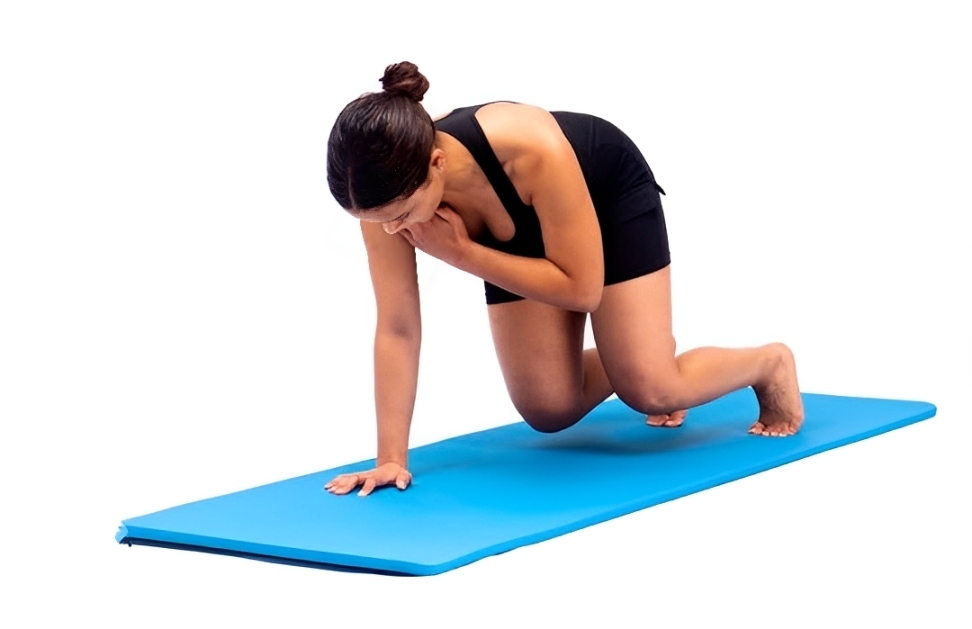
- In a high plank position, alternate tapping each shoulder with the opposite hand while keeping your hips stable.
- This mimics the shoulder stability required for the single-arm side plank.
4. Single-Arm Dumbbell Holds

- Grab a moderate-weight dumbbell in one hand and hold it by your side while standing tall.
- Engage your core and resist leaning to the weighted side. This builds unilateral strength and control.
5. Elevated Single-Arm Side Plank

- Place your bottom knee on the ground for support while practicing the extended arm position.
- Gradually increase time until you can transition to the full version.
Also read – 6 Functional Strength Workouts for Men Over 50: Stay Lean, Strong, and Injury-Free
Why Functional Strength Matters
The single-arm side plank isn’t just a party trick—it’s a testament to functional fitness. Life doesn’t happen in isolation machines or fixed planes of motion. Whether you’re carrying groceries, swinging a golf club, or simply getting out of bed, you need stability, balance, and endurance. Mastering this move proves you’ve got what it takes to handle whatever comes your way.
Train Smarter, Not Harder
Here’s the truth: anyone can get stronger with consistent effort. But smart training means focusing on exercises that deliver maximum benefits with minimal risk. The single-arm side plank checks both boxes—it’s safe, scalable, and insanely effective.
So here’s your challenge: commit to mastering this move over the next few weeks. Incorporate the progressions into your routine, prioritize quality over quantity, and watch as your strength skyrockets. When you finally nail that 1-minute hold, you’ll know you’ve earned it—and you’ll be proud of the resilient, capable body you’ve built.
Now stop reading and start planking. Your future self will thank you.



